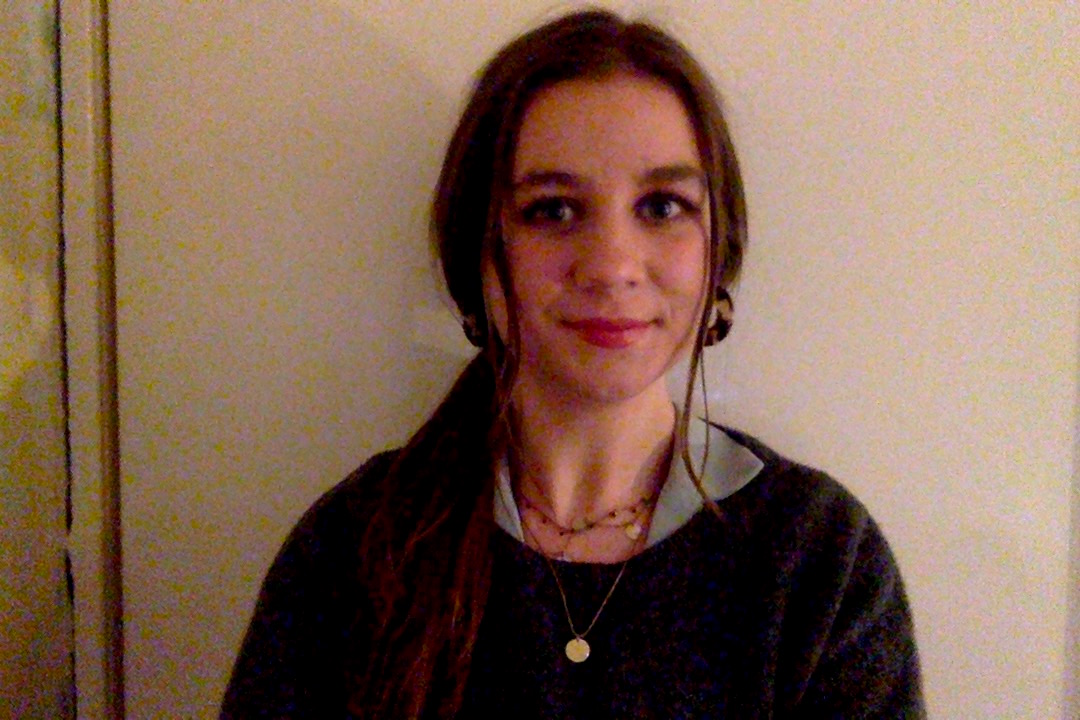From medical cures, biotechnology advances and even discoveries about the fundamental makeup of our Solar System, female chemists have made many major scientific breakthroughs in recent years.
Below we share the stories of six of the women at the frontiers of chemistry and their life-saving work.
Tu Youyou
Nobel Prize winner for treating malaria
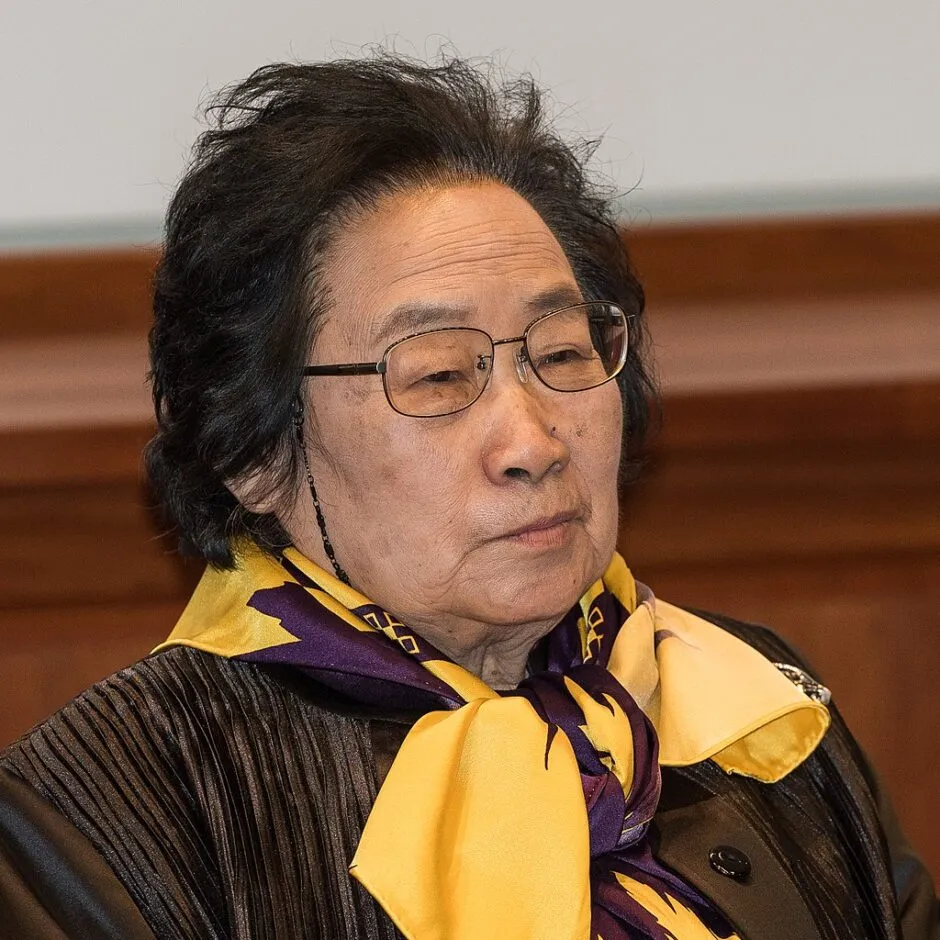
Born in 1930, Tu Youyou is a phytochemist, meaning she specialises in the chemistry of plants. She was awarded the 2015 Nobel Prize in Physiology or Medicine for her research into plant compounds, leading to the development of a new therapy against malaria.
She studied pharmacology at Beijing Medical College before transferring to the Academy of Traditional Chinese Medicine in 1959. Here, she gained training in traditional Chinese medicine for the purposes of modern Western medical applications. This training provided a basis for her future work applying traditional Chinese medicine to modern drug development.
From 1967, Tu led a team of researchers in Project 523, work initiated by the Chinese government for the discovery of a treatment of malaria. Using her phytochemistry background, Tu managed the team in their investigation of plants with potential anti-malarial activity.
The team extracted 380 compounds for testing from 200 of the 640 plant species initially identified. They were looking for compounds that would target thePlasmodiumparasites that infect red blood cells and cause malaria.
In 1971, Tu Youyou refined the extraction of the non-toxic component from leaves of the sweet wormwood plant. Following some failed experiments, she proposed that the compound may be being deactivated during its extraction process at high temperature.
To test this, she prepared the extraction from wormwood using a different solution which boiled at lower temperatures, enabling extraction without potential temperature-based damage to the active compound.
This was subsequently proven to reduce parasite levels in the blood and lower fevers in patients with malaria. A year later, the team isolated the active compound, artemisinin.
Tu’s findings were published in the early 1980s and by the early 2000s, the World Health Organization was recommending artemisinin-based combination drug therapies for malaria treatment.
Continuing her work, Tu later developed dihydroartemisinin, a second antimalarial drug, which alongside artemisinin, has saved millions of people.
Read more about chemists:
- Dorothy Crowfoot Hodgkin: The exceptional professor who solved the structure of insulin
- 5 astounding facts about Marie Curie
Professor Raychelle Burks
Forensic chemist and science communicator
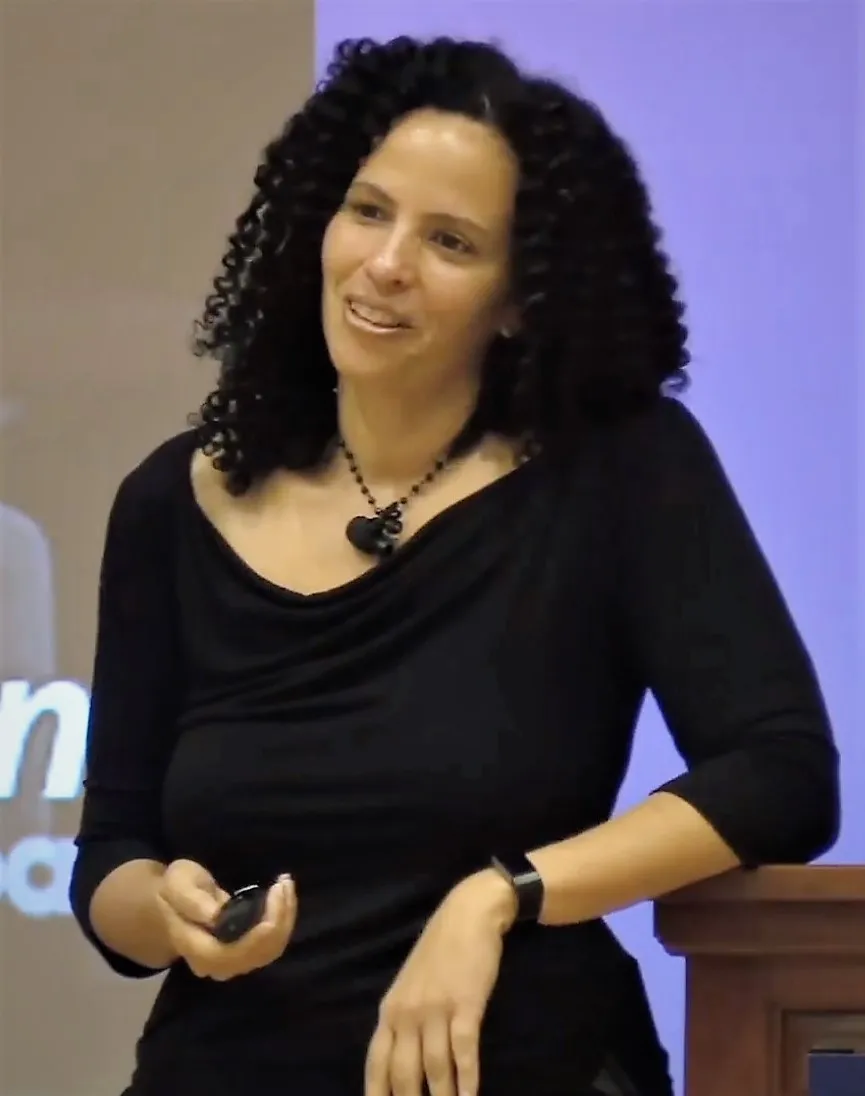
Prof Raychelle Burks, or Dr Rubidium as many know her, is a forensic chemist and science communicator. She focuses her work on developing sensors for a range of compounds at American University in Washington, DC.
There, she is an Associate Professor of Chemistry where she runs an analytical lab and teaches both general chemistry and criminalistics, at the intersection of forensic science and society.
Burks emphasises the importance of engaging students in applied chemistry to solve real-world problems. Growing up in the 80s, Burks says the Space Shuttle Era was not particularly engaging to her. She says she wasn’t interested in pursuing science at first, not seeing the daily importance of exploring space.
“I was not tempted by space and I did not see the practical application of science – until I had a great trip to Washington, DC that showed me the power and reach of STEM,” she said during a presentation at the Department of Defence.
On this trip, a science interaction challenge was presented to students to solve a real-world problem by using chemistry, biology and engineering skills. It was this challenge that sparked Burks’s interest in forensic chemistry at just aged 12.
She pursued an undergraduate degree in Chemistry at Iowa University before moving to Nebraska for a masters in forensic science. Following this, Burks worked as a forensic analyst in the evidence unit of a police department alongside criminal investigations.
She went on to complete a PhD in forensic chemistry from the University of Nebraska. Having worked with low-tech sensors used for processing crime scene evidence for the police department, she moved from policing to her postdoctoral research at Doane College in 2013. There, and in her current role, Burks has been working on developing these sensors and their imaging-based detection at a low cost.
She was appointed Associate Professor at American University in 2020 and currently runs a lab concentrating on a range of colourful techniques that take advantage of the chemistry of light for detection and analysis.
Burks’s team combines chemistry and computational methods to take detection and analysis to our smartphones. Improving the portability of these tools will help with image collection and processing.
In her science communication work, she writes regularly for Chemistry World and has appeared in various TV and podcast episodes, as well as the documentary Picture a Scientist. She is involved in STEM outreach in her university and on national and international committees and projects for social justice and STEM.
Professor Ewine van Dishoeck
Astrochemist investigating the building blocks of life

Professor Ewine van Dishoeck was almost put off chemistry by space science, but is now fascinated by the intersection of chemistry and astronomy. van Dishoeck’s work helped us to understand how the chemistry of our cosmos has created life.
Her fascination for chemistry in particular was first sparked by an encouraging school teacher. Born in Leiden in 1955, van Dishoeck studied chemistry at Leiden University and had been intending to pursue a PhD in quantum or theoretical chemistry.
She switched focus after realising there was no professor to support her in a PhD within these areas of chemistry. Instead, van Dishoeck has brought her unique chemistry perspective to astronomy and investigating the mysterious inner workings of tenuous gas clouds gliding through space.
“You look up at the sky on a beautiful summer’s night. You see maybe Orion, you see some of the planets – Mars, Jupiter – but very few people think of what is in between there. And it’s that very, very tenuous gas out of which we are formed,” she explained on BBC 4’s The Life Scientific.
These ‘interstellar clouds’ exist between stars and planetary objects are made up of different gaseous molecules and were relatively unexplored until a few decades ago. This meant there were few people in the field of astrochemistry for her to talk to, but after meeting with Professor Alexander Dalgarno at a conference, she made the move to Harvard.
Supervised by Dalgarno in Harvard and Prof Harm Habing in Leiden, van Dishoeck completed her PhD in astrochemistry before moving to the USA for her postdoctoral studies in 1984.
Read more about women in science:
- 20 pioneering women in science history you really should know about
- As history proves, women in science need more than just a lab coat
- Why aren't there more women in science?
In 1990, van Dishoeck returned to Leiden to run her own astrochemistry lab. She has pioneered work in finding and analysing these molecules, and further advancing our understanding of how stars form.
She has created models of interstellar clouds to find the chemical signatures of molecules in the clouds. Specifically, she looks at carbon monoxide, as this gas can react with other molecules to form longer carbon chains that are the basisof life on Earth.
van Dishoeck’s work helped to overcome the conundrum of how carbon monoxide can actually exist in space. This was a big question in the field because lab studies on Earth had already shown that carbon monoxide is broken down and destroyed by UV light. Interstellar clouds are much closer to these stars, like our Sun, which give off strong rays of UV light.
So, how exactly do these molecules of carbon monoxide survive in space? By studying these clouds, van Dishoeck began to understand the answers.
Not all UV light will break the carbon monoxide bond – only light that matches the bond’s energy closely enough to be absorbed. In fact, even if this destructive light is close enough to the carbon monoxide, the gas can be shielded by other molecules that first interact with the light.
Collaborating withProfessor John Black in 1988, van Dischoeck advanced the field using this understanding that particles can act as buffers to UV light. Together, they dug into the chemistry of interstellar clouds in more detail.
They identified that dust particles on the surface of these clouds act to protect carbon monoxide by absorbing this light first. As such, the carbon monoxide can exist long enough to react with other molecules to create life.
Now, she has turned her focus to the search for water and understanding water cycles in space. By finding water molecules and explaining their origins in space, van Dishoeck will contribute to answering the question of on many astronomers’ minds: is there life on other planets?
Clarice Phelps
Nuclear chemist synthesising new elements

A nuclear chemist working at the Oak Ridge National Laboratory (ORNL) in the United States, Clarice Phelps helped synthesise element 117, tennessine. This finding helped spur further research in elemental discovery, proving that the periodic table is not as complete as once thought.
A collaborative effort across five research institutes, tennessine was discovered in 2010 and finally named in 2016. This superheavy element was named after the US state Tennessee, which is not only where three of these institutes are based, but also where Clarice Phelps grew up.
Phelps fell in love with science as a child and was inspired by a school teacher to pursue chemistry. She earned a bachelor’s degree from the University of Tennessee in 2003, but struggled to find work following university. She enrolled in the US Navy’s Nuclear School and graduated in the top 10 per cent of her class.
She worked in Chicago for a year before joining ORNL in Tennessee as a technician in 2009. She was involved in the preparation for the experiments which produced tennessine, working on calculations and purification experiments for the isotope berkelium-249.
Phelps has since been promoted to associate researcher and program manager for two other industrial isotopes, nickel-63 and selenium-75.
Only isolated in 1958, berkelium-249 was key to the work of Phelps and her colleagues at ORNL as it is just stable enough to be kept for 330 days without significantly decaying. This was necessary for the collaborative work which involved the transport of berkelium-249 from the US institutes to Russia’s Joint Institute for Nuclear Research.
In January 2020, Clarice Phelps and the team at ORNL published their work on the separation and purification of berkelium-249 and einsteinium-254, two key element isotopes for the future of nuclear chemistry and elemental discovery. Once isolated and transported, berkelium-249 was bombarded with calcium-48 (a neutron-rich isotope of calcium) for 150 days.
The result: six atoms of element 117, among other decay products.
There are currently 118 elements in the periodic table, and tennessine is the second heaviest after oganesson (element 118) and only exists for fractions of a second.
Yet, nuclear chemists like Phelps hope to one day reach the superheavy elements predicted to have a special stability associated with them. These elements have so far only been predicted, existing in a theoretical 'island of stability'.
Though there's no mention of palm-trees or sunsets, this island is thought to be a section of the periodic table where new elements will emerge and exist longer than fractions of a second. It is predicted that at a certain point these super-heavy new elements will deviate from the tendency to immediately decay.
Phelps is also involved in elemental work elsewhere, researching plutonium and neptunium for NASA and investigating californium-252 as part of a broader team.
In 2019, Phelps was acknowledged in the Periodic Table of Younger Chemists for her “outstanding commitment to research and public engagement, as well as being an important advocate for diversity,” by the International Union of Pure and Applied Chemistry.
Phelps has been involved in outreach work for years, serving on ORNL’s Educational Outreach Committee and as Vice President of the board of Youth Outreach in Science, Technology, Engineering and Mathematics (YO-STEM).
Professor Emmanuelle Charpentier
Nobel Prize winner for CRISPR-Cas9
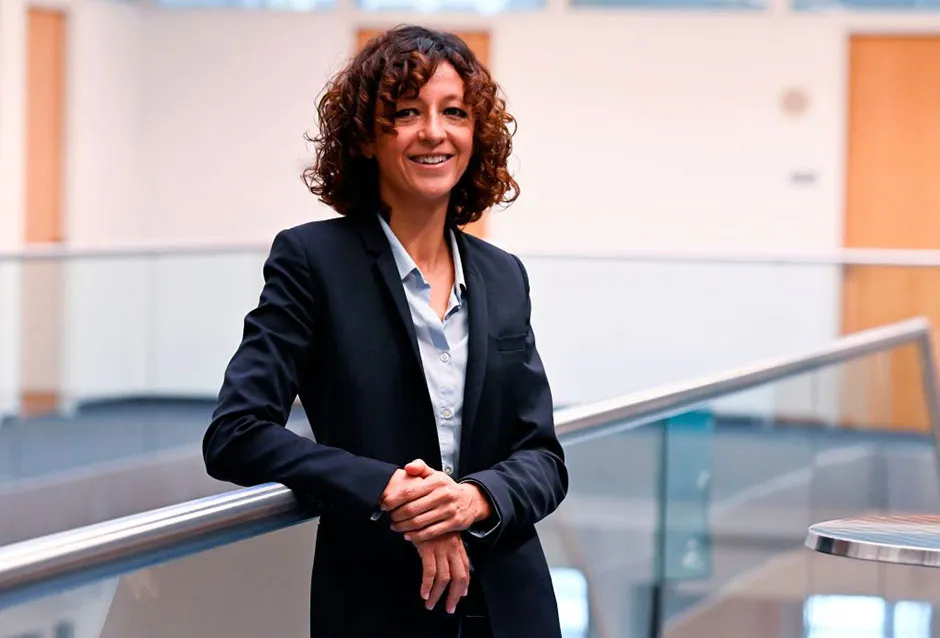
Prof Emmanuelle Charpentier is a biochemist, geneticist, microbiologist and the director of the Max Planck Unit for the Science of Pathogens since 2018. Along with Prof Jennifer Doudna, she won the 2020 Nobel Prize winners for Chemistry for her work on CRISPR-Cas9.
Known widely as ‘genetic scissors’, the CRISPR-Cas9 research offers the potential to precisely change DNA in living cells. Doudna and Charpentier’s collaboration is hailed as revolutionising the field of genome editing.
Born in 1968, Juvisy-sur-Orge in France, she grew excited even as a child to learn at university after her sister began her studies.
“According to my mother, when I was 11 or 12 years old, I told her that I would work at the Pasteur Institute – and that is where I actually did my doctorate. But I actually enjoyed all my subjects at school, so I could have followed a very different path,” Charpentier shared in a 2017 interview with the Max Planck Society.
The path she did follow led her from studying biochemistry, genetics and microbiology at Sorbonne University to a PhD at the Pasteur Institute and post-doctoral studies in the USA.
In her PhD, she explored the ways bacteria develop resistance to antibiotics. After this, she moved to the USA in 1996 to pursue postdoctoral research studying skin development and infections. Specifically, she looked at the tiny organisms (bacteria, fungi and viruses) that contribute to skin infections in mice.
In 2002, she was invited to start her own research group in the Biocenter at the University of Vienna, where her studies of RNA and virus relationships developed.
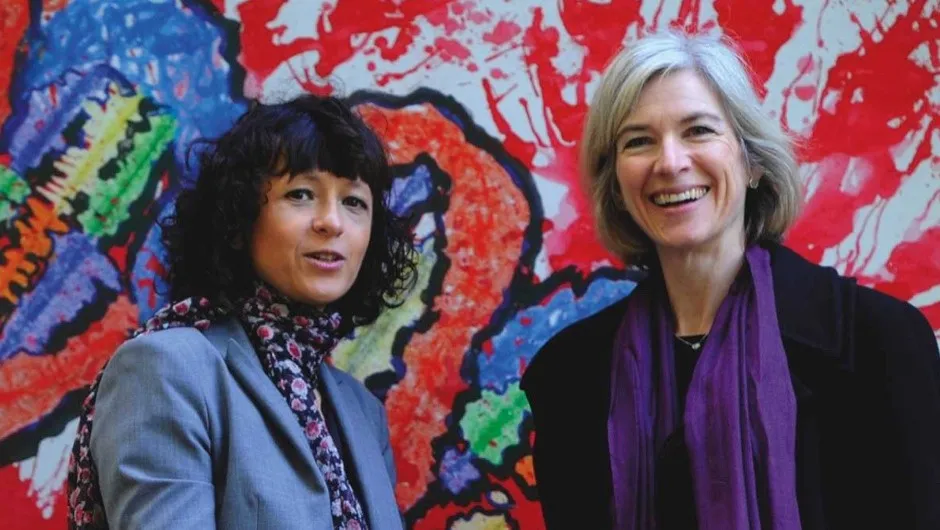
Charpentier was appointed Associate Professor in 2006 before moving to Umeå University in Sweden three years later to head a molecular infections lab.
Sitting on the plane from Vienna to Sweden, she began thinking about how she could combine her knowledge of RNA with CRISPR. At the time, researchers were still trying to unravel the way this intriguing pattern of DNA works to help bacteria defeat invading virus.
Her formidable collaboration with Doudna began after the pair met at a conference in Puerto Rico. Just before this, in 2011, Charpentier published her pioneering discovery of the role of tracrRNA in the formation of CRISPR RNA, which we now know helps guide these genetic scissors.
Charpentier continues to research bacteria and viruses to advance biotechnology.
Read more about great scientists:
- Five of the most famous mathematicians you’ve (probably) never heard of
- Five women who are inventing our world and why we should celebrate their achievements
Professor Jennifer Doudna
Nobel Prize winner for CRISPR-Cas9

Prof Jennifer Doudna is a biochemist and Li Ka Shing Chancellor’s Professor of Biomedical Science in the University of California Berkeley.
Since the prize-winning development into CRISPR with Prof Emmanuelle Charpentier, her team in the school of chemistry have continued work into genome editing. They have discovered CRISPR-CasΦ which they report is ‘hypercompact’, at half the molecular weight of its Cas9 predecessor and used by bacteriophages to fight off other viruses.
Born in 1964 in Washington, DC, her family moved and she grew up in Hawaii and first became interested in chemistry in school, studying the chemistry of biological systems. This grew into a passion after reading James Watson’s The Double Helix, as well as hearing a female scientist give a lecture on how cancer cells develop from normal cells.
She followed her intrigue for biochemistry to Pomona College, California, graduating in 1985 before moving to Harvard Medical School to complete her PhD with Prof Jack W Szostak, another Nobel laureate. There, Doudna focused on improving the efficiency of a self-replicating form of RNA.
She has continued exploring the molecular interactions of RNA in her postdoctoral studies in the same group. Doudna then moved to the lab of Prof Thomas Cech, becoming an assistant professor at Yale University in 1994. With with Cech, she completed work solving the structure an important 'reaction site' in RNA.
From this, Doudna went on to unravel similar structure, including those in the hepatitis delta virus (HDV), contributing to understanding how this tiny virus infects humans. In 2002, Doudna was appointed Professor of Biochemistry and Molecular Biology, and continued to explore the molecular mysteries of RNA.
In 2009, after two months in industry, Doudna returned to Berkeley and – met with a fairly clear schedule – she delved into the world of CRISPR. After meeting Charpentier in 2011, they decided to pool their knowledge and work together to more fully understand exactly how this bacterial system works.
Read more about DNA science:
- Rise of the Clones: 7 ways cloning is already happening
- Everything you need to know about DNA (almost)
From this, they then advanced their research by reprogramming this system, combining two components observed in the bacterial system into one for a singly guided, efficient DNA snipping tool.
Doudna described the “pure joy of discovery” when they managed to engineer this system, which has since been adapted and used in plant and animal research. CRISPR-Cas9 has also been utilised to correct the mutation which causes sickle cell anaemia.
CRISPR-Cas9 entered the field of gene editing as a faster, easier and more efficient technology, similar to how Charpentier described their partnership in one interview, saying “the collaboration was short and intense”.
Doudna is now developing a CRISPR-Cas9 technology for rapid detection of COVID-19 and other potential viruses.
Making history as the first time two women have won the Nobel Prize for Chemistry is not something either dismisses.
“I think for many women there’s a feeling that no matter what they do, their work will never be recognised as it might be if they were a man. I’d like to see that change and I think this is a step in the right direction,” said Doudna at herNobel press conference.
In aphone interviewshortly after hearing the news, Charpentier added: “It was a very positive message for the girls and the young women who wish to start science, and continue in science and it really provides a clear message that it is possible to achieve recognition even if you are a female.”
